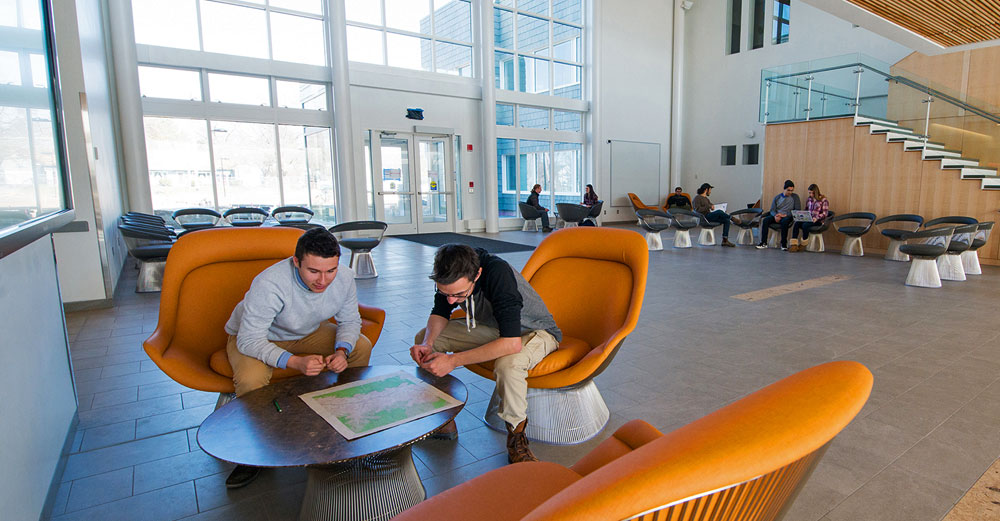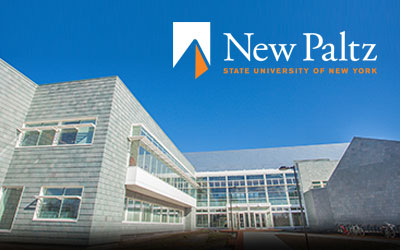
As we evolve and become more efficient, so do the spaces around us. Colleges and universities take advantage of the advancements in modern architecture and technology to provide students with improved learning environments. And SUNY schools are no different, constantly looking to upgrade or construct new buildings to make them future-ready, sustainable, and accommodating to modern student needs.
Recognized for its creative and diverse environment, SUNY New Paltz has been educating students in a location near the New York metropolitan area since the early 1800s. Today, through sustainability programs, environmentally friendly buildings, and increased recycling efforts, New Paltz is also showing us how sustainable living is mixed with STEM learning for students and faculty. Students contribute with their own initiatives, including RecycleMania, the EPA WasteWise Program, Students for Sustainable Agriculture, and the Green Thinking student blog.
So how is the future of STEM learning and sustainable living taking shape around campus at SUNY New Paltz?

What’s new on campus?
Campus: SUNY New Paltz
Facility: New Science Hall
One of the newest buildings paving the way to the future is the all new Science Hall at New Paltz, which held its grand opening at a March 9 ribbon cutting.
Being the first new building in 20 years, the 77,000 square foot Science Hall is helping fill the need to provide students and faculty with innovative learning spaces. The building houses programs in Computer Science, Geology, Physics and Astronomy, Geography, and the AC2 program. The AC2 program is in place to support students in STEM disciplines from underrepresented backgrounds.
The building includes state-of-the-art laboratories, lecture halls and other collaborative spaces designed for teaching, learning and research needs of the students and faculty.
In all its modern architectural stylings, the building is also constructed to LEED Silver Certification standards for sustainable design and construction from the U.S. Green Building Council. But in addition to sustainability standards, the floor of the lobby contains inlaid fossils from archeological sites in Wyoming’s Green River Formation, which date back about 50 million years, further than the Huguenots.
The impact on campus is noticeable already. “Continued progress on building and improving our physical environment is critical to our ability to serve current and future students with the high-quality programs and opportunities they deserve, and Science Hall helps us meet that goal,” said President Donald P. Christian. “It is specially designed for the 21st century teaching, learning and research needs of our students and faculty, and features innovative learning spaces, including state-of-the-art laboratories, lecture halls and other collaborative spaces.”




One of the newest buildings that pave the way to the future!
Great idea!!